Three Months with Microsoft's Office 365
by Vivek Gowri on January 31, 2013 11:59 PM EST- Posted in
- Microsoft
- Cloud Computing
- Office 2013
- SkyDrive
Generally, Office 2013 works pretty similar to Office 2010, with an interface heavily reliant on the ribbons. Now, I’ve always been a fan of the ribbons, which I thought were a good idea in Office 2007 but really came into their own with Office 2010. It’s been six years since they debuted, so anyone that is still complaining about Ribbon UI should really get over it, especially now that Windows Explorer uses it as well.
The aesthetic has been updated to match the Metro visual style that forms the basis of the Windows 8 and Windows Phone 8 UIs. This visual style has left me a bit cold in Windows 8 Desktop - I like the UI chrome in Windows 7, I feel it gives the interface some three-dimensionality and offers more natural interactions. But in Office, the chromeless aesthetic is awesome. I think it works really, really well in Word and PowerPoint especially, where the starkness and simplicity of the UI (particularly in the hidden command or hidden Ribbon modes) gives you a very blank slate to work from. It’s clean and pure in a very fundamental sense, with no visual distractions at all in the UI.
I’ll also note that the refreshed interface has little to no effect on Excel, which has looked and felt exactly the same since I first used it in Office 97 as a five year old. It’s like the Porsche 911 - no matter what changes under the hood, externally it has looked the same for decades it seems like. Not that it’s a bad thing, since I love the 911 and love-hate Excel, but it’s worth mentioning nonetheless.
Generally, it seems like the Office 2013 has a much stronger focus on the visual style of the content being created than I’ve noticed in previous editions of Office. There’s much more aesthetic polish, with rich templates that aren’t worthless like they have been in many previous editions of Office, nicely styled titles and headers, and many more document design capabilities. Until you use it, it’s really difficult to overstate how much cleaner documents that come out of Office 2013 look. It’s now much easier to create content that are visually pleasing - documents and presentations that just look good and are easy to read without needing to spend a ton of time on formatting.
Microsoft is including two input modes: mouse (Office as we know and love it) and touch, which expands the size and spacing between menu options for a more finger-friendly interface without dumbing it down. Look closely at the below screenshot versus the one at the top of the page to get an idea of what I'm talking about. It’s decent to use, but obviously, creating content using the touchscreen keyboard is an outright pain, so this is more for navigation, minor editing, and formatting changes. You will obviously get more out of any office suite with a traditional keyboard and mouse setup, but the new Office at least has a more touch-centric UI as an option.


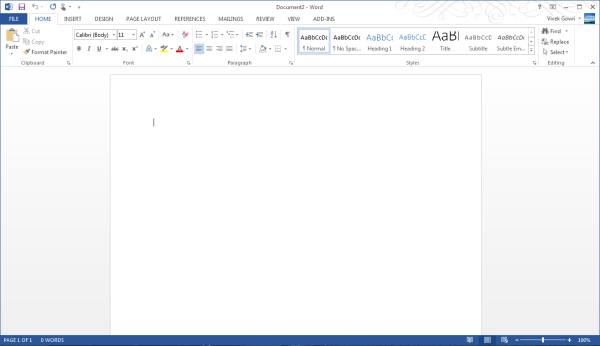
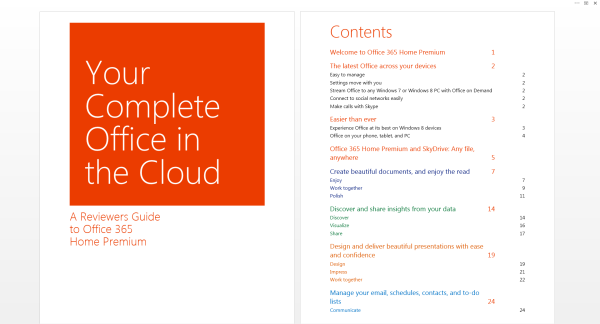
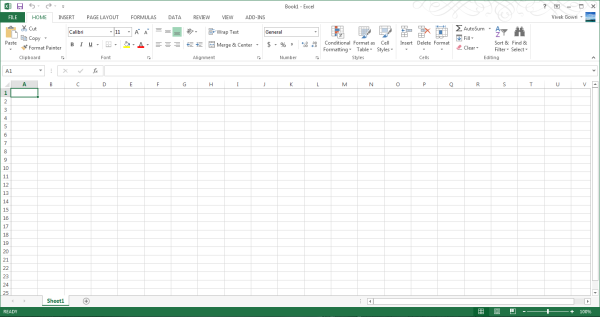
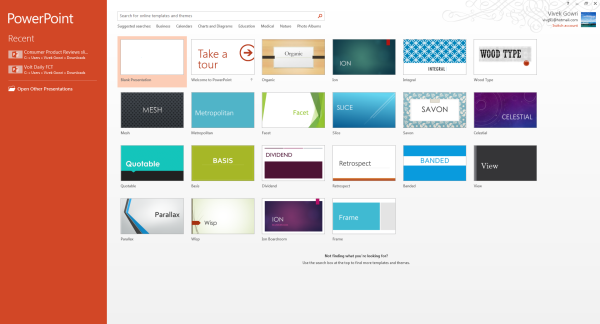
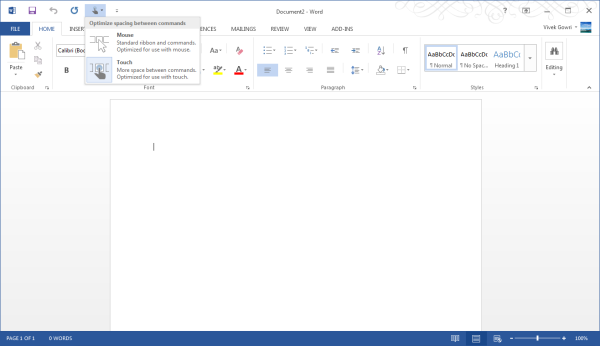








113 Comments
View All Comments
Guspaz - Friday, February 1, 2013 - link
Office was launched in November of 1990, which gives us a maximum age for Vivek of 22 years :)tipoo - Friday, February 1, 2013 - link
22 and done a masters? It's possible I guess, but not common.WeaselITB - Friday, February 1, 2013 - link
Yeah, I was going to say:Wow, Office and Windows were before he was born? I feel old. :-/
VivekGowri - Saturday, February 2, 2013 - link
I'm 21 :)FunBunny2 - Friday, February 1, 2013 - link
Well, depends on how you measure. "Office" isn't a program, and never was, it's just the name for a bundle of GUI programs: Word, Excel, PPT, etc. The first GUI program in the bundle was Word for Mac (paid for by Apple, by the way), in 1985. That's nearly 30 years.philosofool - Friday, February 1, 2013 - link
Can I buy two university licenses and then use it on 4 devices? Also, what happens when I replace a licensed device? 4 years is longer than the typical student's laptop lasts.HardwareDufus - Friday, February 1, 2013 - link
Is their a different file structure for Office 2013 vs 2010 documents?For instance, there was little change between Office 2007 structures and 2010.
Subyman - Friday, February 1, 2013 - link
I believe it is somewhat strange that the author keeps discussing breaking MS's EULA by recommending users consider getting a student to purchase a license for non-educational use.Lazlo Panaflex - Friday, February 1, 2013 - link
"I’ve always been a fan of the ribbons, which I thought were a good idea in Office 2007 but really came into their own with Office 2010. It’s been six years since they debuted, so anyone that is still complaining about Ribbon UI should really get over it"Really? Maybe your Microsoft fanboi-ish comments belong in a blog, not a front page article.
colonelpepper - Friday, February 1, 2013 - link
agreed.. totally unprofessionaltotally reading like it was written by microsoft